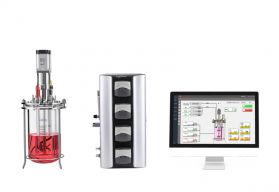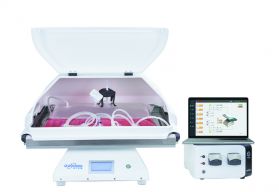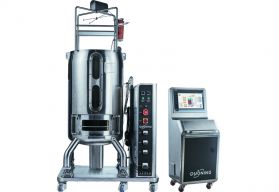Instead of injecting whole pathogens to trigger an immune response, subunit vaccines (sometimes called acellular vaccines) contain purified components of pathogens that have been specifically selected for their ability to stimulate immune cells. Because these components do not cause disease, subunit vaccines are considered very safe. There are several types of subunit vaccines: protein subunit vaccines contain specific proteins isolated from viral or bacterial pathogens; polysaccharide vaccines contain chains of sugar molecules (polysaccharides) found in the cell walls of some bacteria; conjugate subunit vaccines combine polysaccharide chains with a carrier protein binding to boost the immune response. Subunit vaccines have been widely used, examples include hepatitis B and acellular pertussis vaccines (protein subunits), pneumococcal polysaccharide vaccines (polysaccharides).
Subunit vaccines contain protein components and/or polysaccharides from pathogens that have been deeply studied to determine which combinations of these molecules are likely to generate a strong and effective immune response. By limiting the immune system's exposure to pathogens in this way, the risk of side effects can be minimized. Theses vaccines are also relatively cheap and easy to produce, and are more stable than vaccines containing whole viruses or bacteria.
The downside of subunit vaccines is that the antigens used to elicit an immune response may lack molecular structures known as pathogen-associated molecular patterns, which are common to a class of pathogens. These structures can be recognized by immune cells as danger signals, so their absence may lead to a weakened immune response. Furthermore, since antigens do not infect cells, subunit vaccines primarily only trigger antibody-mediated immune responses. Again, this means the immune response may be weaker than with other types of vaccines. To overcome this problem, subunit vaccines are sometimes given with an adjuvant and may require booster vaccination.
Subunit vaccines are manufactured using living organisms, such as bacteria and yeast, that require a substrate to grow on and stringent requirements to avoid contamination with other substances. This makes them more expensive to produce than synthetic vaccines, such as RNA vaccines. The precise method of production depends on the type of subunit vaccine being produced. Protein subunit vaccines, such as recombinant hepatitis B vaccines, are made by inserting the genetic code for the antigen into yeast cells, which are relatively easy to grow and capable of synthesizing large amounts of protein. Yeast are grown in large fermenters and then lysed to collect antigens. This purified protein is then added to other vaccine components, such as adjuvants that enhance the immune response. For polysaccharide or conjugate vaccines, the polysaccharides are produced by growing bacteria in industrial bioreactors, then lysing them and harvesting the polysaccharides from the cell walls. In the case of conjugate vaccines, the protein to which the polysaccharide is conjugated must also be prepared by growing different types of bacteria in different bioreactors. Once the proteins are harvested, they are chemically reacted with polysaccharides before adding the remaining vaccine ingredients.
 DuoBioX Explore Multi-Parallel Benchtop Glass Bioreactor
DuoBioX Explore Multi-Parallel Benchtop Glass Bioreactor  DuoWave® Rocking Single-use Bioreactor
DuoWave® Rocking Single-use Bioreactor  DuoBioX Pro Single-use Bioreactor
DuoBioX Pro Single-use Bioreactor  Ion exchange resin
Ion exchange resin  MixQ mixed-mode resin
MixQ mixed-mode resin  Antibody Purification Resin
Antibody Purification Resin  CHO Transient Transfection Cell Culture Medium
CHO Transient Transfection Cell Culture Medium  Transpro Series HEK293 Cell Culture Medium
Transpro Series HEK293 Cell Culture Medium  CHO Serum-free Cell Culture Medium
CHO Serum-free Cell Culture Medium Copyright © Shanghai Duoning Biotechnology Co., Ltd. All Rights Reserved Sitemap | Technical Support: 
Message-